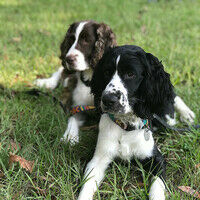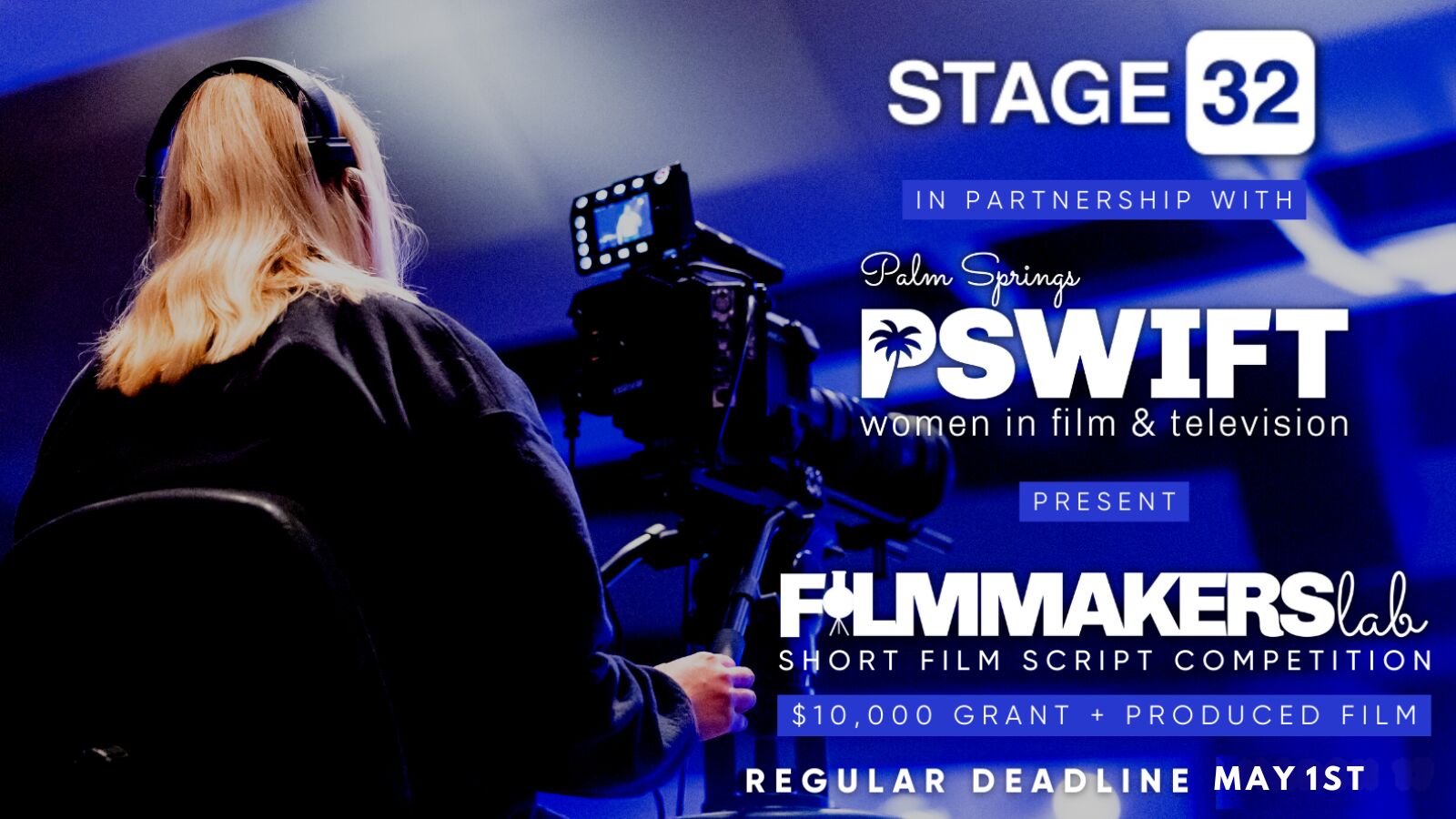(note: this is long and provides detail analysis of a score. See the end for a link to the MP3 and PDF score)
I promised when I finished scoring my most recent film, I would provide some discussion/analysis to provide 'insight' on my composition method. First, I want to digress to a 'game' I and many other baby boomers played back in the 60s and 70s. When pop/rock band/artists had a hit song, we would try to guess what the follow up or next song would sound like. The point of that was to realize that artists/bands or the songwriters that wrote for them had certain composing styles and certain arranging styles. For example, in the early Beach Boys 'surfing songs' or surfing music in general, there were certain chord progressions, rhythms, arrangements, etc. The 4/4 tempo was fast and the drummer played 2 eighths on the second beat and one eighth on the 4th beat. When you heard a subsequent Beach Boy song, it had much in common with previous ones. There were and are many reasons for this - some of it is business marketing but it also has to do with the songwriters 'brand' or as we say in music their 'sound'. Motown music had a 'sound', Barry White had a sound, disco music had a sound, and so on....
In my opinion the same holds true for film composers, especially the A-listers. Each of them have a way of creating their music which makes them hopefully uniquely identifyable. This is one of the factors considered for hiring them to score a film. But within the scope of the film composers 'sound', they still have to find a way to create cues specific to the film and the action in the particular scenes which both support the scene, maintain their 'sound', and are not overly boring and/or repetitious.
So this is what I want to discuss here from my most recent film project. I would like to provide some 'ideas' and how I took two very similar scenes and created cues that simultaneously had my 'sound', had some commonality (since the scenes and actions were), but were also different and individual to a certain extent.
The film in question is "Turning The Hands Of Time" ( www.imdb.com/title/tt3953804 ). In a nutshell, this is a film about a detective whose wife is murdered and he has his father who invented a time machine send him back to prevent the murder. I will only be able to discuss a scene and not show it since the film is still in 'post production' mode and not yet viewable. The scene in question was the 'highlight scene' where the killer is seen enterring the warehouse where he kills the detective's wife. Needless to say, just like in the "back to the future" films, this scene is played out twice. What is in common is the killer in both scenes enters the warehouse. In the first scene, he goes off camera, you hear the wife scream and you hear the shot killing her and he exits. In the second scene, you see the killer enter followed by the detective and then you see him approaching her and the killer is shot by the detective first.
Now I scored the film 'backwards', so I scored the final scene first. If you want to follow along listening to the cue, listen to http://www.icompositions.com/music/song.php?sid=220239 starting at 4m41s. Let me break down this cue (follow along in the score if you want). First this is a scene with a building suspense culminating in a gunshot. So it is a 4/4 140 bpm tempo. A shaker with two sounds, each a beat keeping the tempo. The melody is carried by the horn section (3 trumpets and a trombone) along with the left hand of the piano. No strings at this point. Then there is a 'call and answer'. The 'call' by a flute & marimba (together or separately) and the 'answer' by a bassoon twice. This first part lasts for 10 bars and since the tension needs to build, no other instrumentation was used. One of the things composers learn and understand is there are many ways to build tension. "Dynamics' (volume) is one way but layering instruments and instrument sections is another way. So for the first 17 seconds, the tension is maintained at a constant level until you see the killer enterring followed by the detective at 4m58s. Then there is a distinct 'second' part which leads up to the gunshot. First there is a simple 4 quarter note melody played by the strings and backed by percusive hits. Then a percusive only bar of nnrnrnnr where 'n' is an eighth note hit and 'r' is a rest/nothing. This is repeated twice. The 'tension' is heightened but notice the 'tempo' of 140 bpm stays the same. Then one more 'bridging bar' which uses the same rhythm but with horns in the background and eighth notes on the strings. Finally the 'crescendo' leads to the final three bars where the whole orchestra plays the melody (but again the tempo stays constant). The final bar has every instrument play 3 sixteenth notes and then silence as the gunshot rings out at 5m11s. So the whole cue is 30 seconds building to the gunshot.
After scoring the final scene with the gunshot, I came backwards/in reverse to the first gunshot scene. While it was slightly different it still included the same action of the killer seen walking into the warehouse, 6 seconds later you hear the gunshot, and then you see him leave with the 'suspicious package'. This scene contained action that was repeated in the final scene. So I wanted similar music that (1) included my 'sound', (2) included two part/sections before the shot as did the final scene, (3) had a similar 'feel', but also (4) was artistically different from the final scene cue that gave it its own individuality.
(1) ahead of the shooting cue, is a cue supporting the scene where the killer drives into the parking lot of the warehouse. Technically, it would roughly correspond to the beginning of the final scene where we see the detective drive into the parking lot. It covers roughly 14 seconds. However, no one enters the warehouse in this part and since the killer is driving up to wait until everyone leaves, I decided it was not yet the place to begin increasing the tension but rather just create unique music to define what is going to happen - so I created 'ominous music'. The tempo was 4/4 about 71 bps. The relatively slow speed was there to provide the feeling of waiting. Three instruments were used - Bassoon which supported a dark low melody, a piano which played dissonant chords mostly in 2 beats, and a guiro for percussion. I won't go into more detail since that cue is not represented in the MP3 "selection" cue you will be listening to. But if you want to listen to it, you can click on the final link below which includes the whole score.
(2) Then comes the scene where the killer is in the parking lot waiting for everyone in the warehouse to go home. This is where I wanted to tie the musical cue in the scene to the final scene cue. So again I went for two 'sections' and used a shaker to define the tempo - a single shake tone for each beat. But this time instead of 4/4 140 bpm, I decided a slightly slower 130 bpm with a 5/4 tempo. You can hear this at 2m41s. There is a repeating cello pattern of a "D" eighth note on the downbeats of 1 & 4 and the up beat of 2 - nothing for beat 5 (in other words nrrnrrnrnn where 'n' is an eighth note hit and 'r' is a rest/nothing). The melody is played by the strings instead of the horns using an initial 3 note dissonant chord D-Eb-Ab (which utilizes a minor 2nd and a 'tritone'/flatted 5th). I continue to tie the two scenes together by utilizing the 'call' and 'response' approach I used in the final scene. The violins do the 'call' and the marimba does the 'response'. Four sets of a call bar, a rhythm bar and a response bar.
(3) Then comes the part of the scene where the killer gets out of the car, enters the warehouse, shoots/kills the detective's wife, and exits. This starts at 3m4s and continues to the shooting at 3m27s. In the final scene the tension is increased through repeating the melody and modulating and by increasing the number the instruments. In this scene the rhythmic pattern is maintained by the strings with the horns playing the melodic component (a switch of the final scene roles). This part of the scene is scored using the previous 5/4 tempo. The cellos play a repetitive pattern of D-A-A D-A-A D-A-G#-E (that's 10 eighth notes). As the pattern repeats, the violas begin the same pattern in a higher harmony and in the final bar, both violin sections come in with a third harmonic harmony in the same pattern. Part of the way through the string section modulates a major 2nd to increase the tension. The horns play one group at a time until the final bar when they all play. There is no percussion in the second section until the final two eighth notes of the final bar. Percussion was not deemed necessary for tension retention in the second section. The final bar in this scene before the gunshot is scored similarly to the final scene except here it was two eighth notes to end and in the final scene it was three. Then silence for the gunshot just as there was silence in the final scene.
(4) In the final scene, the tension is removed after the gunshot. However in this scene, the tension continues as the killer leaves the warehouse and exits in a car. However, the tension after the gunshot needs to be less, so we start again with just the initial section 2 cello pattern in 5/4 but this time with a shaker one beat at a time and then the horns are added for a few bars. To reduce the tension as the car leaves, we reduce to just strings and finally the pattern with just violas. This takes place after the shot from 3m29s to 3m47s.
So from the above, you can read, listen, and analyze the music cues from two similar scenes and get an idea of how I decided what would be the same and what would be different.
==========================
If you want to listen to the selection from the score which is described above and/or follow along/read the actual score, then click www.joelirwin.us/Music.html. If you look at the score keep in mind it is a 'hybrid' - designed to both generate an electronic version with hidden "midi" commands (like the MP3 you will be listening to) and to generate charts for a live performance. Certain notations for live performances have be removed to generate the electronic version. The first shooting scene described above starts at Rehearsal Mark F, bar 200. The final scene shooting sequence starts at rehearsal Mark O, bar 414.
If you want to look at the full score to follow 'everything', you will need to listen to a different MP3, www.icompositions.com/music/song.php?sid=220238.


